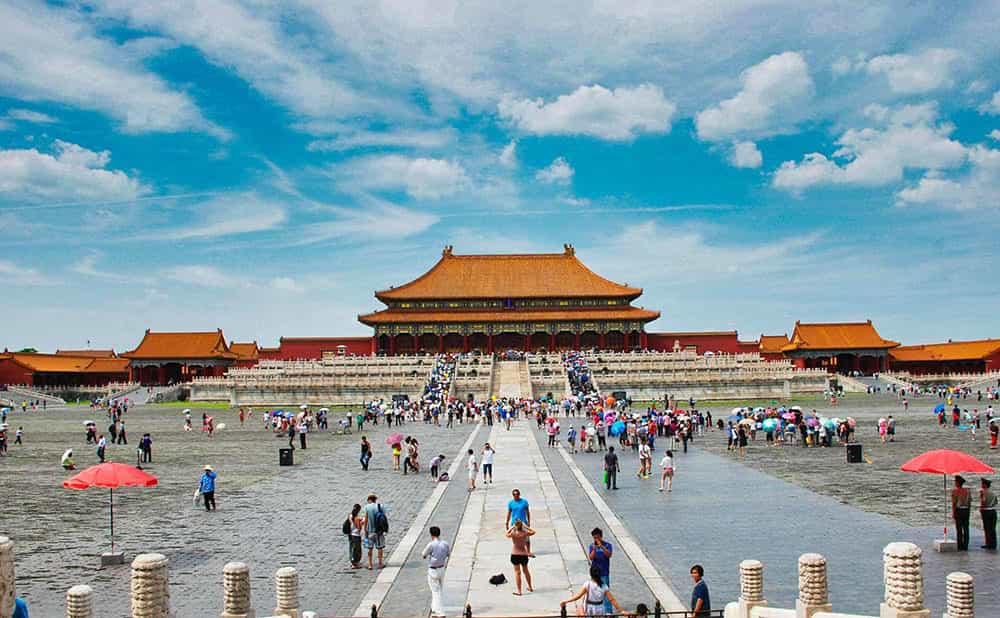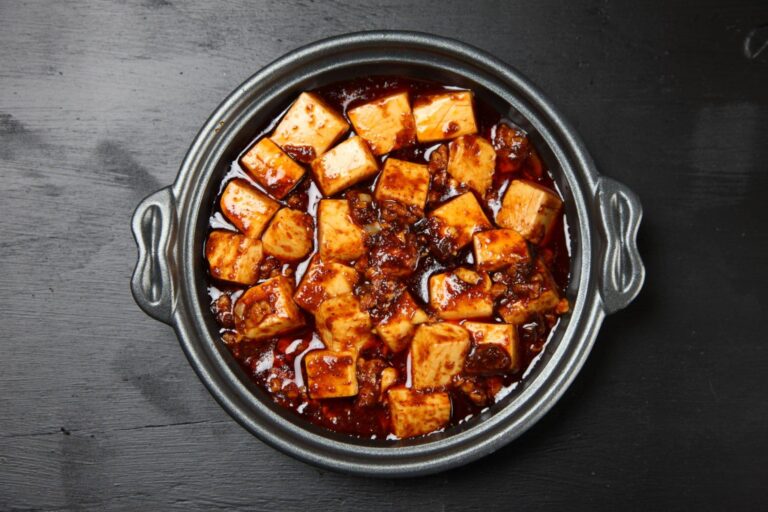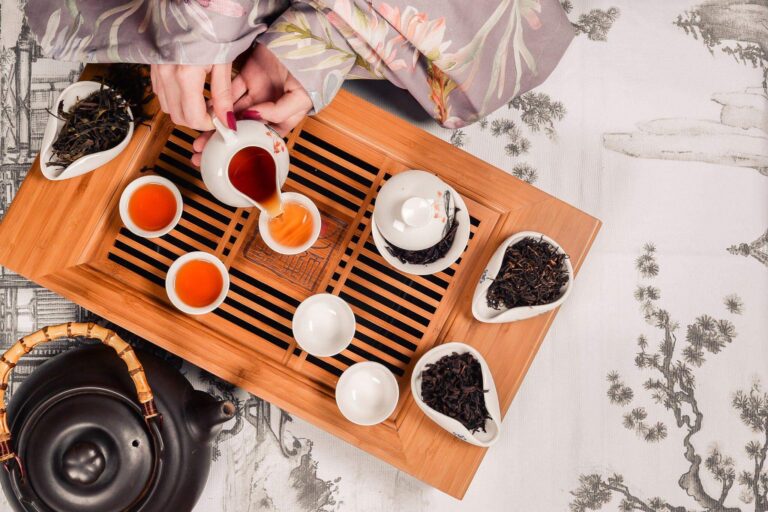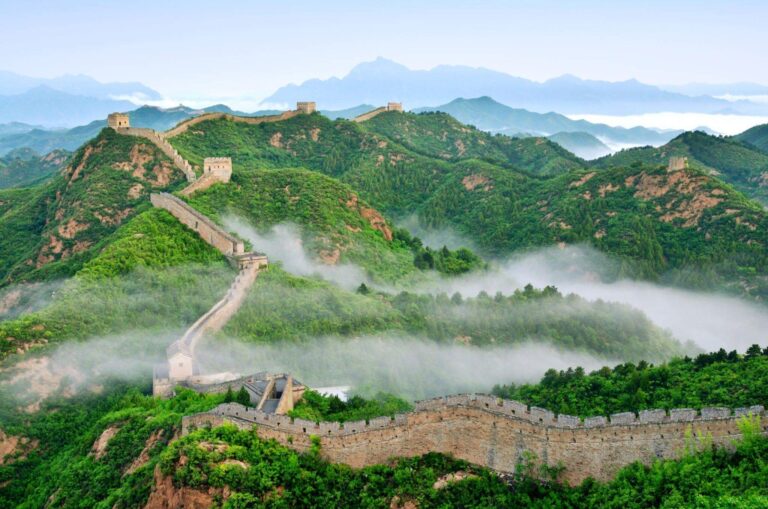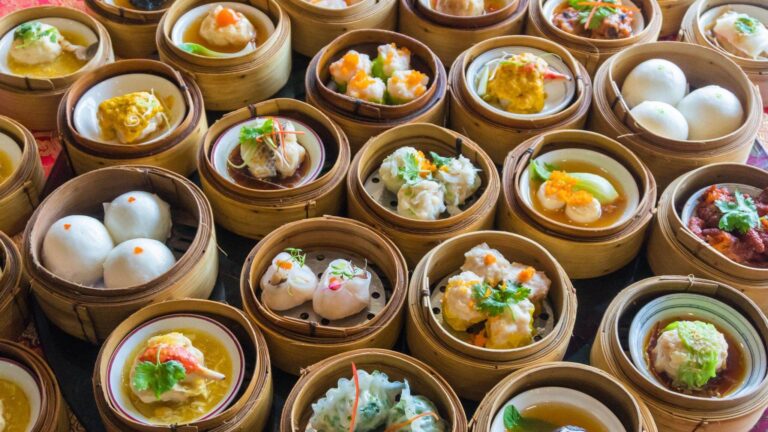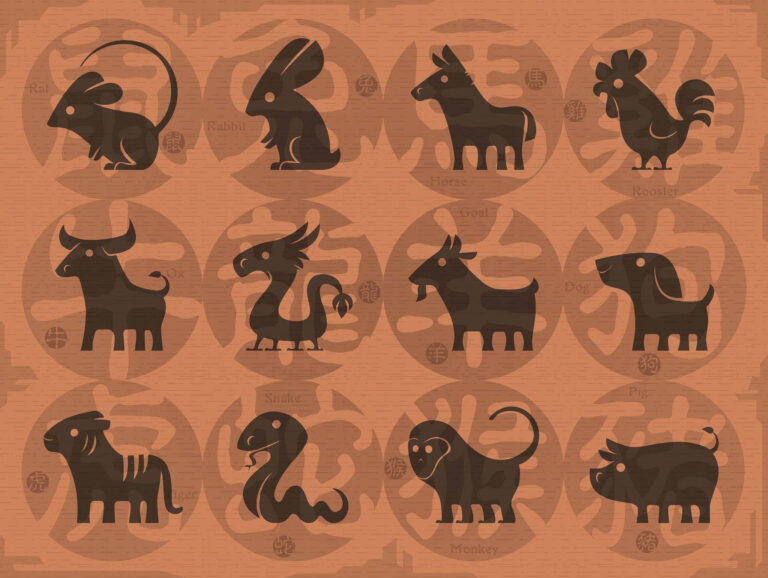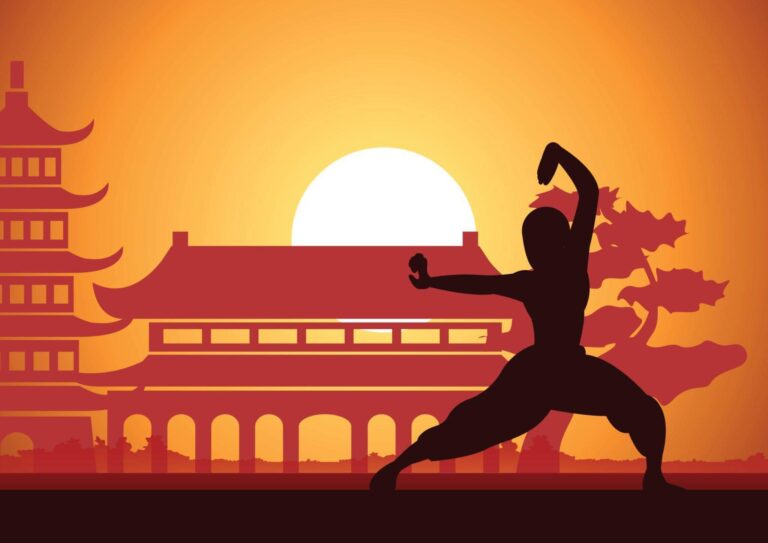List of Contents
Welcome to the Forbidden City, one of the most iconic and fascinating places in all of China! Located in the heart of Beijing, this magnificent palace complex was home to the Emperor and his household for over 500 years. With its rich history, stunning architecture, and cultural significance, the Forbidden City is a must-see destination for anyone visiting China.
First, let’s talk about the location of the Forbidden City. It is located in the center of Beijing, the capital city of China, and is easily accessible by public transportation. As you approach the palace, you’ll be struck by its grand size and majesty. The Forbidden City covers an area of over 180 acres and is home to over 900 buildings, making it one of the largest palace complexes in the world.
History’s significance
Now, let’s delve into the history of the Forbidden City. It was built in the early 15th century during the Ming Dynasty and served as the palace of the Ming and Qing dynasties. It was here that the Emperor conducted official business, held ceremonies, and lived with his family. The name “Forbidden City” comes from the fact that ordinary citizens were not allowed to enter the palace grounds without permission from the Emperor.
The design and construction of the Forbidden City were carried out by many architects, artisans, and craftsmen over a period of several decades. During the Ming Dynasty (1368-1644), the construction of the Forbidden City was led by the architect Kuai Xiang, who was appointed by the Yongle Emperor. Kuai Xiang was responsible for the overall layout and design of the palace, as well as the construction of many of the main buildings. He also oversaw the construction of the palace walls, gates, and moats, which were meant to protect the palace from invaders.
During the Qing Dynasty (1644-1912), the Forbidden City underwent further construction and expansion. Many of the buildings were renovated and new structures were added to the palace. Emperor Qianlong ordered several additions to the palace, including the Hall of Mental Cultivation, which served as his residence, and the Hall of Imperial Peace, which was used for imperial audiences. Other notable structures from this period include the Palace of Earthly Tranquility and the Palace of Celestial Purity.
The Forbidden City is not only a beautiful and historic place, but it is also a symbol of Chinese imperial power and a testament to the country’s rich history and culture. It has been designated as a World Heritage site and is a popular tourist destination, attracting millions of visitors each year.
In addition to its cultural and historical significance, the Forbidden City is also an important artistic treasure. It is home to a vast collection of artwork and artifacts, including ceramics, textiles, and calligraphy, many of which are on display for visitors to admire and appreciate.
The Forbidden City is a unique and fascinating place that offers a glimpse into the grandeur and splendor of the Chinese imperial court. Its beautiful buildings and rich history make it a truly unforgettable experience for anyone who visits.
The layout of the Forbidden City
As you explore the Forbidden City, you’ll notice that it is laid out in a symmetrical design, with a north-south axis and four gates. The main buildings are arranged around the central axis, with the Hall of Supreme Harmony at the northern end and the Palace of Earthly Tranquility at the southern end. The Forbidden City is divided into two main parts: the Outer Court, which was used for ceremonies and official business, and the Inner Court, which was the residence of the Emperor and his family.
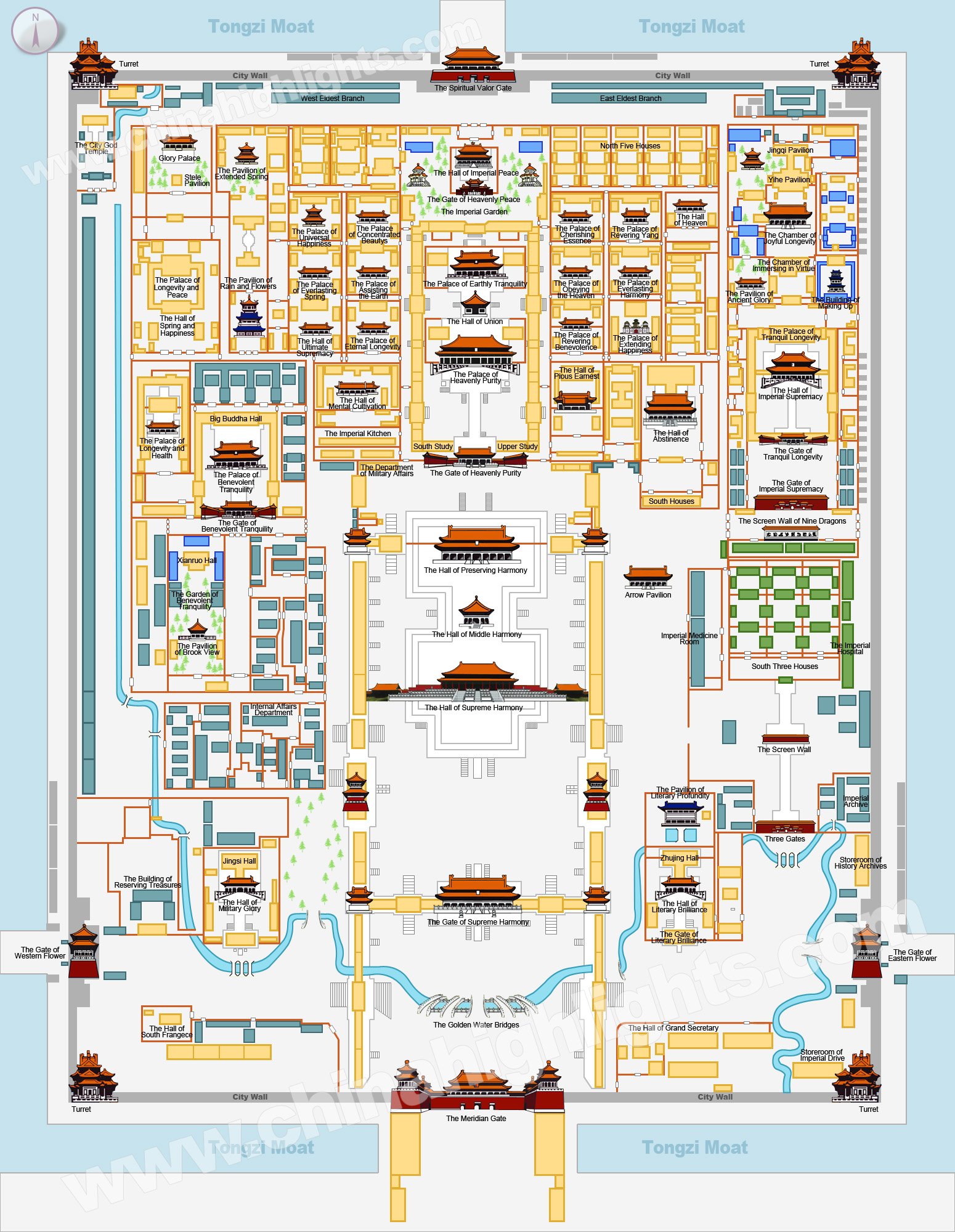
Buildings inside “City”
Now let’s take a tour of some of the most notable buildings in the Forbidden City. The Hall of Supreme Harmony is the largest and most important building in the palace. It was here that the Emperor held court and received important visitors. The Hall of Central Harmony was used for preparing the Emperor for ceremonies, and the Hall of Preserving Harmony was where the Emperor rested after ceremonies.
The Palace of Earthly Tranquility was the residence of the Empress and was known for its beautiful gardens and intricate decorations. The Imperial Garden is a beautiful oasis in the middle of the palace, with winding paths, ponds, and pavilions. And the Pavilion of Ten Thousand Springs is a stunning building with a unique architectural style.
Arguably the most unforgettable construction on earth
The Forbidden City is a must-see destination for anyone interested in Chinese history and culture. Its beautiful buildings and rich history make it a truly unique and unforgettable experience. Visitors are able to see an impressive collection of well-preserved ancient Chinese art and artifacts, and a glimpse into the grandeur and opulence of ancient Chinese imperial life, so if you’re planning a trip to China, be sure to add the Forbidden City to your itinerary.

